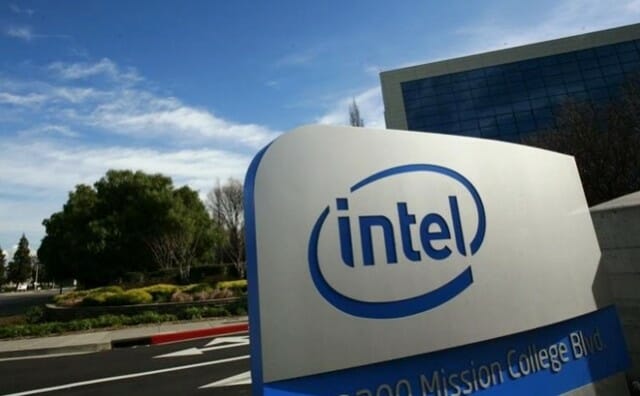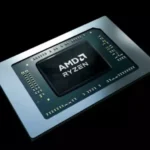quickutilities – August has been a turbulent month for Intel. Last week, President Trump publicly urged Intel’s CEO to step down but then quickly reversed his position. Meanwhile, the Biden administration reportedly considers buying a stake in the struggling chipmaker.
Read More : Perplexity Targets Browsers, Bidding Before Chrome Launch
According to Bloomberg sources, these talks remain preliminary. Details about the size of the potential investment or its timing are still unclear. The US government may use funds from the CHIPS and Science Act, signed in 2022, which allocates $52.7 billion to boost semiconductor manufacturing. Intel received nearly $8 billion from this fund under the Biden administration.
Bloomberg suggests the Trump administration might redirect some CHIPS Act money to partially finance an equity stake in Intel. However, the White House cautions that these discussions are speculative until officially confirmed.
Trump’s stance on the CHIPS Act has been critical. In January, he called the program “ridiculous” and argued companies need incentives, not handouts. He favors tariffs on foreign chips, varying based on domestic manufacturing. Despite his criticism, Trump met Intel CEO Lip-Bu Tan this week and offered cautious praise, calling Tan’s rise “an amazing story.” Intel also expressed appreciation for presidential leadership, signaling willingness to cooperate with the administration.
Intel’s struggles partly explain the administration’s interest. The company is undergoing major layoffs, cutting 24,000 jobs by 2025. CEO Tan stated the company focuses on strengthening core products and its AI roadmap to better serve customers. This potential government stake could provide Intel a financial lifeline during a challenging period.
Intel’s Challenges Amid Policy Uncertainty and Market Pressures
Intel faces complex headwinds. Financial difficulties forced the company to delay its Ohio chip plant construction until 2030. Meanwhile, Trump’s fluctuating tariff policies add uncertainty for chip manufacturers. He suggested tariffs on foreign-made chips could range from zero to 300%, depending on domestic production levels. “If you’re building in the United States, there’s no charge,” Trump said recently.
The timing of the rumored government investment aligns with broader industry moves. Nvidia and AMD recently agreed to pay 15% of their AI chip revenue from China directly to the US government, a deal Democrats argue might face legal challenges.
Intel’s path forward hinges on innovation and strategic partnerships. The company aims to leverage AI technology to regain market competitiveness. Meanwhile, government involvement could strengthen Intel’s financial position and support US semiconductor independence.
Read More : Asus Debuts ROG Strix OLED XG27AQDPG, Undercuts Samsung Pricing
Looking ahead, Intel’s ability to navigate leadership changes, market competition, and regulatory shifts will determine its success. The potential investment signals increased government interest in securing domestic chip manufacturing. It may also highlight the strategic importance of Intel in national technology and economic policy. As the semiconductor industry faces global supply challenges, this evolving relationship between Intel and the US government will remain crucial to watch.


